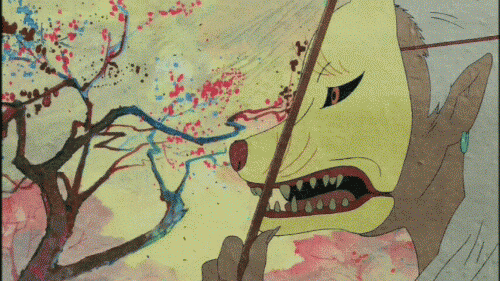We used clay to create a box for the model to sit in and which has to be tightly sealed and thick walls in order to form the top half of the mold.
Take a good rest in the mold making compound!
I did not have chance to mix the compound but it has a thick texture and exothermic.
This is the finish (half) mold and we need to repeat the same steps on the other side in order to complete the mold.
After the mold is cleaned up, foam latex is poured in and I have to rotate the mold so that to make sure the latex reaches every space inside the mold.
Finish!!! I have done two latex models in total. The first one is not as good as the second one because it loses its nose and the details of its belt. I figured out the problem which is the sticking clay therefore I removed them carefully with smaller tools and water. The second model is much better with greater details and richer foams.
This induction is the highlight of this year, I enjoy it so much and so much new stuffs to learn. Don is very nice and patient to teach us how to create a good model who is extremely helpful and generate a good study atmosphere. The modelling skills would definitely help in the future when I want to do clay motion or it simply provide more option when choose working media. However it is time consuming, skill based and special materials required which might need to prepare early before the production.


















































